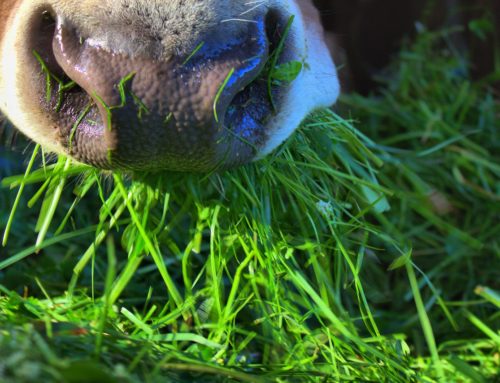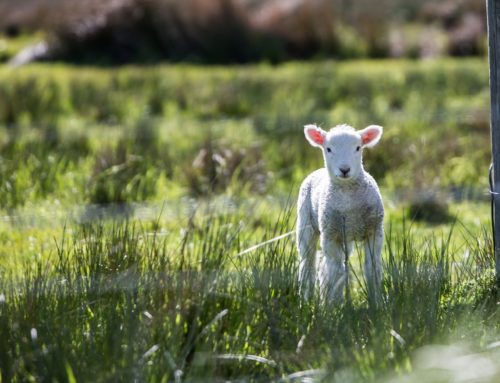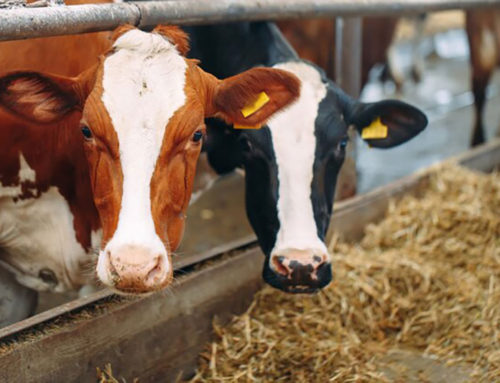For many livestock producers, the grazing season is about to come to an end and it will be time to start feeding hay. There are several different methods of feeding large round bales of hay, with advantages and disadvantages of each.
Maybe one of the most common practices I see is the use of round bale rings. Besides the reduction in losses, bale rings allow a producer to haul out enough hay for multiple days at a time. This can be convenient for the many producers who have off the farm jobs.
Bale rings can also be moved to different areas throughout the winter to prevent the destruction of the pasture fields and to help spread out the nutrients as well. Bale rings have their disadvantages as well.
Leveling the ground
The ground right around the rings will be tracked up and will likely need to be leveled out in the spring with a drag and it may also be necessary to reseed some of the areas. Another option for winter feeding is the use of a heavy-use feed pad.
A feed pad provides a stable surface that can be used as a high traffic area. It reduces soil erosion that can be caused by winter feeding. The use of a feed pad allows a producer to set out more hay at a time and less hay will be wasted since it will be on a solid surface.
However, the feed pad will have to be cleaned, possibly multiple times throughout the winter, and then the manure and hay waste will have to be spread when conditions allow. Having the manure to spread can be both positive and negative.
You can take the nutrients to the fields that need them the most, but it also requires time, fuel, and causes wear and tear on machinery. The method that I prefer to use on my own farm is unrolling round bales.
This can be done a few different ways. You can use a bale unroller attachment on a tractor, push them out by hand, or set them on an edge of a hill and let them unroll on their own.




